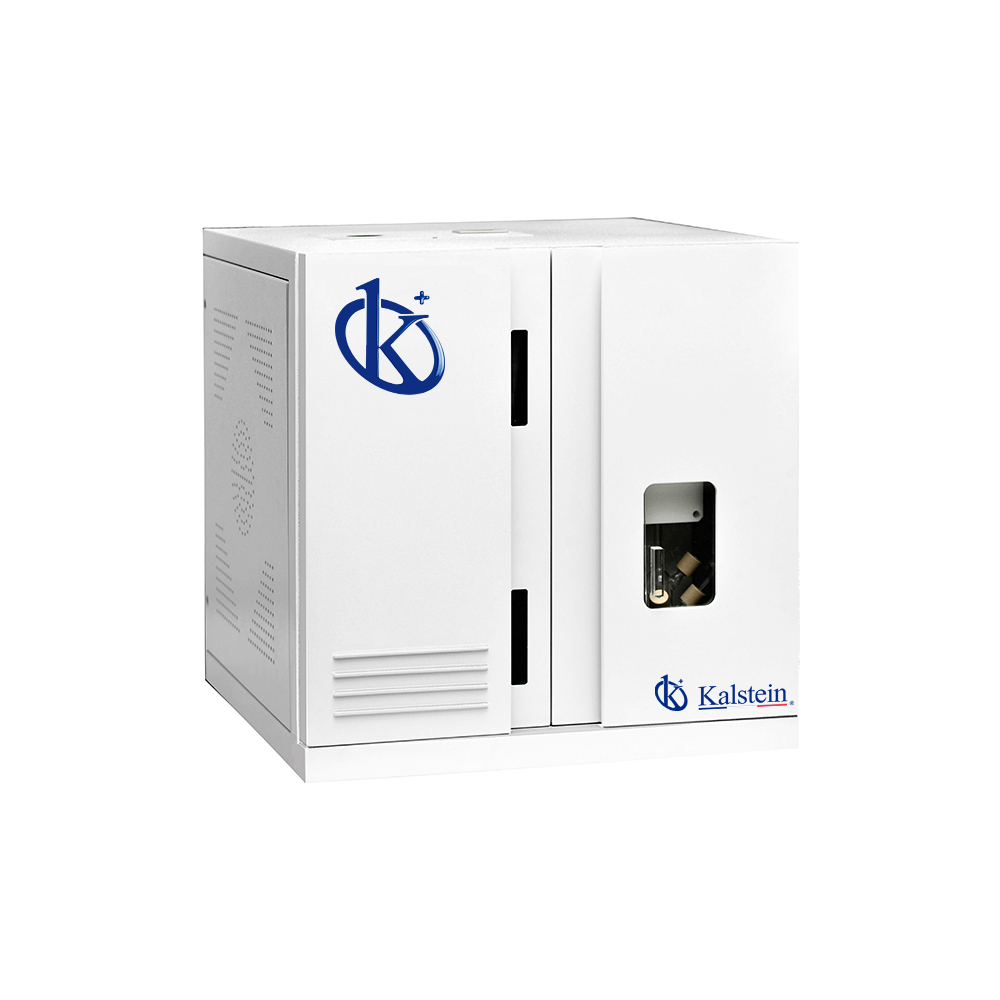A Total Organic Carbon Analyzer (TCOA) is an essential tool in laboratories around the world to accurately measure the level of organic carbon in a water sample. This accurate indicator of water quality is critical in both scientific research and in testing for compliance with water quality regulations.
However, the effectiveness of this analyzer depends largely on how it is handled and maintained. Maximizing the efficiency of your Total Organic Carbon Analyzer is not limited to proper operation. It involves a more comprehensive approach that includes a regular calibration and maintenance program, proper operation of the equipment and constant monitoring and analysis of the results.
Regular Calibration and Maintenance
Ensuring maximum efficiency of an ACOT starts with its regular calibration and proper maintenance. These are the two most essential activities and must be performed regularly to ensure the accuracy of the analyzer’s results. Regular calibration helps to compensate for any deviations in accuracy and sensitivity that may have occurred over time, while proactive maintenance helps to prevent minor failures that may escalate into more significant problems in the future.
A well-defined calibration and maintenance protocol, applied regularly, will optimize the performance of your ACOT, extending its useful life and allowing it to deliver accurate and repeatable results for much longer.
Proper Use and Handling of the Analyzer
Proper handling and use of the total organic carbon analyzer is another crucial component in maximizing its efficiency. The operation of the ACOT should be performed by trained and experienced personnel who strictly follow standard operating procedures.
The choice of water sample, sample preparation, and proper operation of the analyzer are key factors in the accuracy of the results. This includes proper selection of analysis parameters and correct interpretation of results. Improper handling and use can lead to errors in the results, decreasing the overall effectiveness of the ACOT. In addition, proper cleaning and conditioning of the analyzer after each use will allow optimal performance of the equipment and help maintain its long-term integrity.
Continuous Monitoring and Data Analysis
Finally, constant monitoring of the ACOT’s performance and analysis of the data obtained allows any variations in the accuracy of the ACOT’s measurements to be identified. This may indicate the need for more extensive maintenance, re-calibration or even an upgrade of the equipment hardware or software.
As part of this monitoring, it is useful to keep a detailed log of the measurements taken, including any deviations from expected results. This log can help identify consistent patterns or problems that may require attention.
Kalstein Conclusion
By following these tips and best practices, you can ensure that your ACOT is performing optimally, providing accuracy and reliability in measuring total organic carbon in your water samples throughout its lifetime.
In Kalstein as a manufacturer of laboratory and medical equipment, we have an updated and innovative YR series of special sealing machine for the dental area, check it out HERE, you will find the dental line at the best price in the market, we also offer advice before, during and after your purchase; we are always innovating and we have for you a 3D platform, where users, manufacturers and distributors can sell, rent or offer new or used equipment anywhere in the world, enjoy being seen, you are more.

